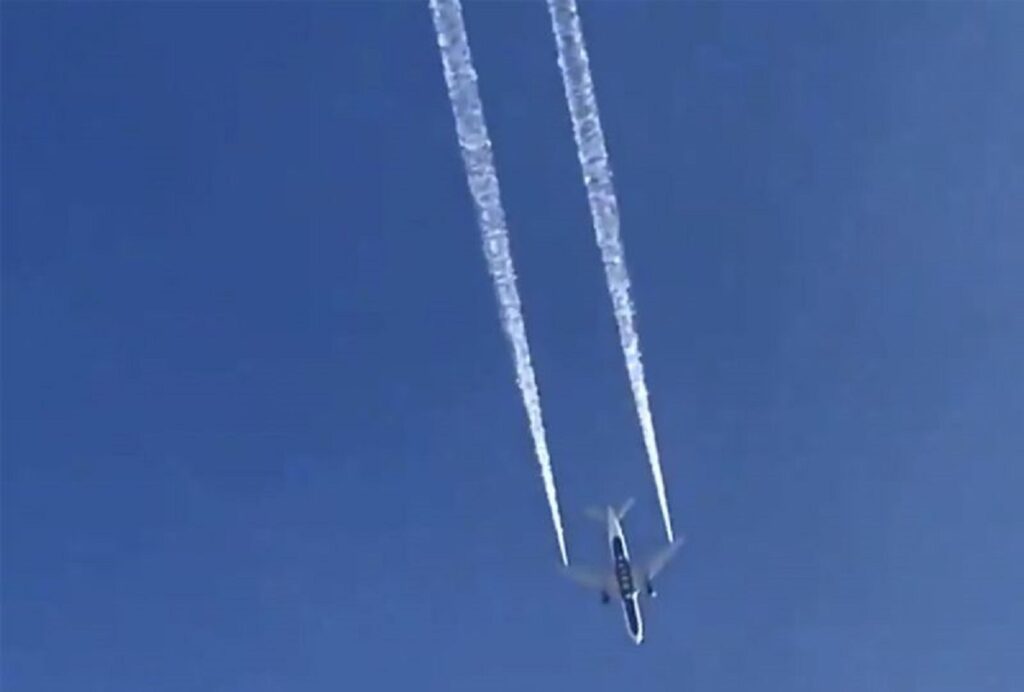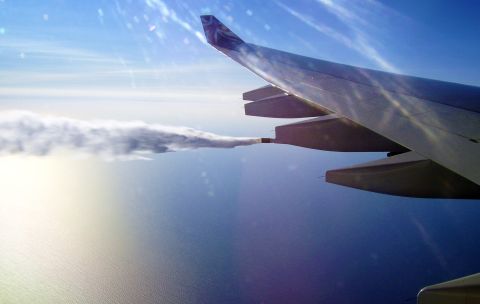
✔ A Fuel jettison system is available to avoid safety compromise and the necessity for heavy maintenance tasks, that could arise due to a potential overweight landing.
✔ Against a popular rumour, in regular flight operations, there is no draining of fuel before landing. This would be neither permissible nor economical for the airlines.
✔ However, there are few exceptional cases in which aircraft have to and are allowed to discharge fuel in a controlled manner for safety reasons.
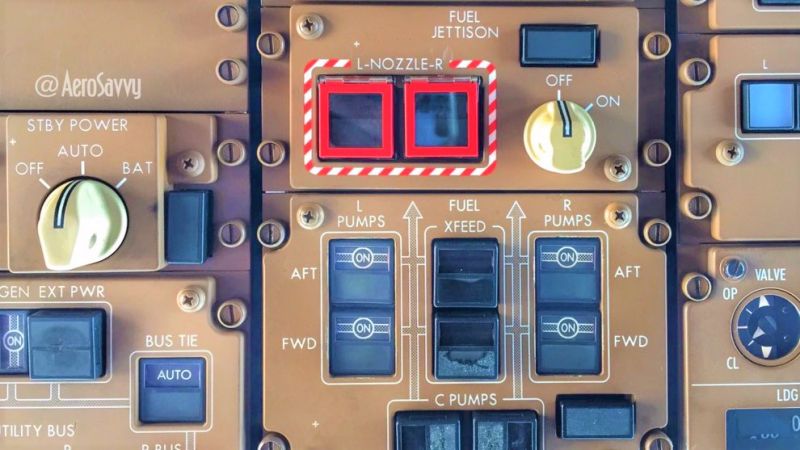
✔ If the fully fueled aircraft is heavier than the maximum permissible landing weight in such a situation, the captain must decide from below options, considering urgency & safety.
👉 Landing aircraft with overweight (safety concerns).
👉 Drain the kerosene (Quick option).
👉 Circling aircraft to use fuel ( Slower option).
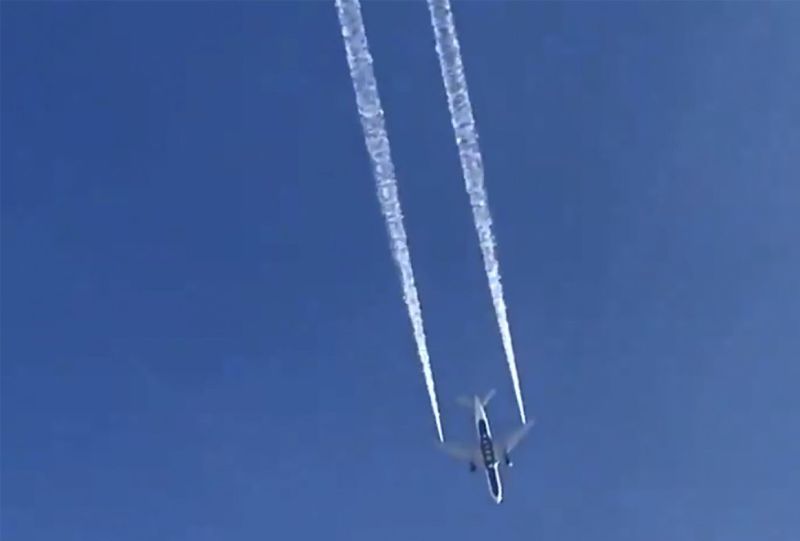
✔ Long-haul Jets like B747 have large tanks to store ATF for the flight. Therefore, their MTOW is significantly more than the landing weight (MLW), needing a Jettison system compared to narrow body aircrafts like A320.
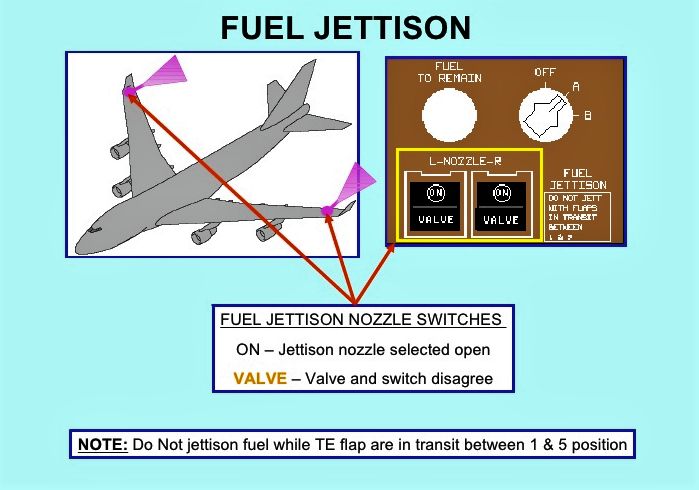
✔ The ICAO stipulates that ATF should be discharged at a height of 4 to 8 km, but at least at a height of 1,800 meters.

Author – Tanmay Palei
Sr. Aircraft Structure Engineer

